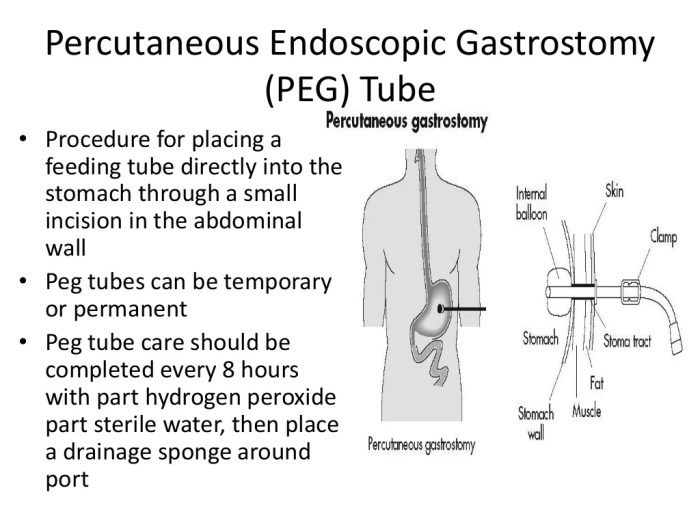Percutaneous endoscopic adhesioloysis of the spleen is coding as________, a minimally invasive procedure used to treat splenic adhesions. This article provides an overview of the definition, indications, technique, coding, clinical outcomes, and alternative treatment options for percutaneous endoscopic adhesioloysis of the spleen.
The procedure involves the insertion of a laparoscope and instruments through a small incision in the abdomen to visualize and divide the adhesions.
Percutaneous Endoscopic Adhesioloysis (PEA) of the Spleen

PEA is a minimally invasive procedure used to treat splenic adhesions, which are bands of scar tissue that can form between the spleen and surrounding organs or tissues. PEA involves using an endoscope, a thin, flexible tube with a camera and light source, to access the adhesions and break them up using laser energy or electrocautery.
Indications for PEA of the Spleen
PEA is typically indicated for patients with symptomatic splenic adhesions. Symptoms may include:* Abdominal pain
- Bloating
- Nausea
- Vomiting
- Constipation
- Diarrhea
Contraindications for PEA of the Spleen, Percutaneous endoscopic adhesioloysis of the spleen is coding as________
PEA is contraindicated in patients with:* Active infection
- Uncontrolled bleeding disorders
- Severe liver disease
- Severe kidney disease
- Pregnancy
Technique of PEA of the Spleen
PEA is performed under general anesthesia. The endoscope is inserted into the abdomen through a small incision in the skin. The endoscope is then guided to the spleen, and the adhesions are identified. Laser energy or electrocautery is used to break up the adhesions.The
procedure typically takes 30-60 minutes. Most patients are able to go home the same day as the procedure.
Coding and Billing for PEA of the Spleen

The relevant CPT codes for PEA of the spleen are:* 49321: Percutaneous endoscopic adhesiolysis of the spleen, with laser
49322
Percutaneous endoscopic adhesiolysis of the spleen, with electrocauteryThe coding guidelines for PEA of the spleen are as follows:* Code 49321 should be used when laser energy is used to break up the adhesions.
- Code 49322 should be used when electrocautery is used to break up the adhesions.
- Modifier
- 59 should be appended to the CPT code if the procedure is performed on the same day as another procedure.
Clinical Outcomes and Complications of PEA of the Spleen

PEA is a safe and effective procedure for treating splenic adhesions. The clinical outcomes of PEA are generally good, with most patients experiencing relief from their symptoms.The potential complications of PEA include:* Bleeding
- Infection
- Splenic injury
- Pancreatitis
- Cholangitis
The risk of complications is low, and most patients recover quickly from the procedure.
Alternative Treatment Options for Splenic Adhesions

Other treatment options for splenic adhesions include:* Laparoscopic adhesiolysis
Open surgery
Laparoscopic adhesiolysis is a minimally invasive procedure that involves using a laparoscope, a thin, flexible tube with a camera and light source, to access the adhesions and break them up. Open surgery is a more invasive procedure that involves making a larger incision in the abdomen to access the adhesions.The
choice of treatment option for splenic adhesions depends on the severity of the adhesions and the patient’s overall health.
Key Questions Answered: Percutaneous Endoscopic Adhesioloysis Of The Spleen Is Coding As________
What is the CPT code for percutaneous endoscopic adhesioloysis of the spleen?
49326
What are the indications for percutaneous endoscopic adhesioloysis of the spleen?
Splenic adhesions causing pain, discomfort, or organ dysfunction
What are the contraindications for percutaneous endoscopic adhesioloysis of the spleen?
Active infection, coagulopathy, or severe abdominal adhesions